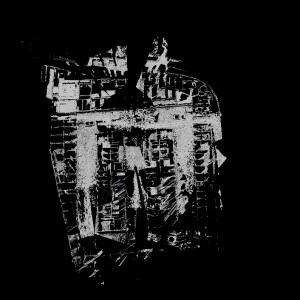Using the Optech ILRIS-3D laser scanner and the Konica-Minolta VIVID 9i, data was collected in 2007 as part of the Ostia Antica 3D Scanning Project.
Several data sets from the Ostia Antica survey are available in these posts as point clouds in the Polyworks PWK format (as IMInspect projects).
For the PWK formats we recommend using the free Polyworks | Viewer (previously the Polyworks IM Viewer), and for the obj files we recommend Rapidform Geomagic Verify Viewer (previously the Rapidform Explorer).
To open a PWZIP file – click on the .pwzip link below and save the file; if you are using Mozilla Firefox, right click on the link and save the file. Open IMView, left click on “File” at the top of the screen. Select “Open project”, then “Add Workspace” and browse to the .pwzip’s saved location. Next, choose a local location to extract the files. The files will unzip and the project will appear in IMView’s workspace file structure. Left click on the project and open.
Casa_Giordino.pwzip (568 mb)
Collected 2007; top view
Please note. This data is distributed under a Creative Commons 3.0 License (seehttp://creativecommons.org/licenses/by-nc/3.0/ for the full license). You are free to share and remix these data under the condition that you include attribution as provided here. You may not use the data or products in a commercial purpose without additional approvals. Please attach the following credit to all data and products developed there from:
Credit:
University of Arkansas, Soprintendenza per i Beni Arcaelogici di Ostia, Leica Geosystems, National Science Foundation, Center for Advanced Spatial Technologies
Longer Version:
This project was made possible through funding from the University of Arkansas Honors College and with equipment provided through Leica Geosystems Chair in Geospatial Imaging Funding and National Science Foundation Grant BCS 0321286. Additional assistance was provided by Soprintendenza per i Beni Arcaelogici di Ostia including Angelo Pellegrino, Direttore degli Scavi di Ostia Antica. The project was coordinated by the University of Arkansas: Honors College – Dean Robert McMath; Classical Studies Program, Department of Foreign Languages – Dr. David Fredrick; School of Architecture – Tim DeNoble; Rome Center for Architecture and Humanities – Prof. Davide Vitali, Director, and Prof. Francesco Bedeschi. Further coordination was provided by the Center for Advanced Spatial Technologies (CAST), University of Arkansas – Director W. Fredrick Limp, Prof. Jackson Cothren, and the data acquisition and processing team including Adam Barnes, Christopher Goodmaster, Malcolm Williamson, and Caitlin Stevens. An undergraduate, honors colloquium, Visualizing the Roman City, worked more extensively with the data. A paper was presented on the class at the April 2008 Computer Applications in Archaeology Conference in Budapest titled Visualizing the Roman City: Viewing the past through multidisciplinary eyes.
